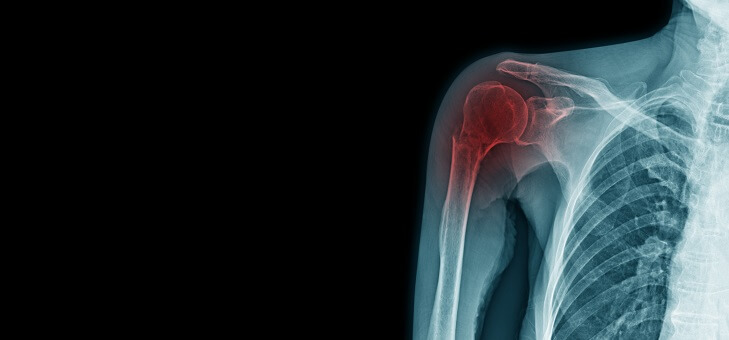Did you recall a grandparent saying they could ‘feel it in their bones’ when a storm was coming?
Research suggests that as many as two-thirds of people with chronic joint pain believe there’s a connection between their pain and changes in the weather, and many physicians report that more people feel stiffness and aches on rainy or cold days.
Is there a scientific link between the weather and pain?
Dr Martha Mackay, scientific officer at Actegy Health, says the notion that certain symptoms and weather go hand in hand has persisted since antiquity, but the research is not clear.
“Things such as air pressure, temperature, humidity and precipitation all come into play, which makes it difficult to pinpoint the exact reason people feel weather impacts their pain,” she says.
Listen: Do you need a chiro, physio or osteo?
Dr Mackay explains that there are theories about the relationship – one being that people with joint pain may be sensitive to changes in barometric pressure. Therefore, when cartilage inside a joint is worn away, nerves in the exposed bones might detect changes in pressure.
Changes in air pressure may also make tendons, muscles and any scar tissue expand and contract, she says, which can create pain in joints affected by arthritis. The viscous joint fluid, which is supposed to reduce friction between the bones in the joints, can also become thicker in the cold weather and that causes joint stiffness and pain.
“Another common theme is that during winter months, people are moving less, which can be a contributor to aches and pains. People have a natural instinct to hibernate in winter, but a lack of physical activity can affect blood circulation causing joints to become stiff,” says Dr Mackay.
Read: Where you live affects your cancer prospects
Winter circulation and managing weather-affected pain
Independent of what the studies show, pain is unique to the individual and there is plenty that can be done at home to relieve joint pain. It is not necessary to pick up and move to a different climate! Dr Mackay offers the following tips.
1. Keep warm: When temperatures drop, try to keep yourself warm. Start by dressing warmly using layers. Pay special attention to the head, hands and feet, as most heat is lost from the body’s extremities. Take warm showers or baths, apply hot compresses or heating pads to the affected joints and use an electric blanket at night.
2. Exercise: It is important to keep a healthy weight and stay active. Exercise that’s gentle on the joints, such as yoga or swimming, will help build up muscle and bone strength. Start with gentle stretches first. Talk to your doctor or physical therapist about specific exercises that can help you manage joint pain and stiffness. Exercise doesn’t have to be boring. Anything that keeps you moving works. Walking around shopping centres, playing with children, or using the stairs instead of the elevator, can all help.
3. Reduce swelling and improve circulation: If swelling is an impediment to exercise, improving circulation might help. Revitive Circulation Booster* is a drug-free therapy option using electrical muscle stimulation (EMS) that may offer people relief from symptoms of swelling and poor circulation. It is the only device of its kind to be endorsed by the Australian Physiotherapy Association and registered as a medical device with the Therapeutic Goods Administration.
4. General health: Make sure you take care of your health in general – such as eating well and getting enough sleep. Lack of sleep can worsen pain and your mood, regardless of the weather. If you’re already feeling an increase in pain from the weather, short-changing your sleep will make matters even worse.
Read: How to embrace ageing positively
Dr Mackay adds: “Everyone living with pain is different. If you’ve noticed that your symptoms worsen in specific types of weather, talk to your doctor to find a treatment plan that works for you. So when your joints start to warn you of miserable weather ahead, plan a warm routine of indoor exercise, rustle up your cosy clothing, or book yourself a two-month holiday to a warmer destination!”
*Consult with your healthcare professional before use.
If you enjoy our content, don’t keep it to yourself. Share our free eNews with your friends and encourage them to sign up.
Disclaimer: This article contains general information about health issues and is not advice. For health advice, consult your medical practitioner.

